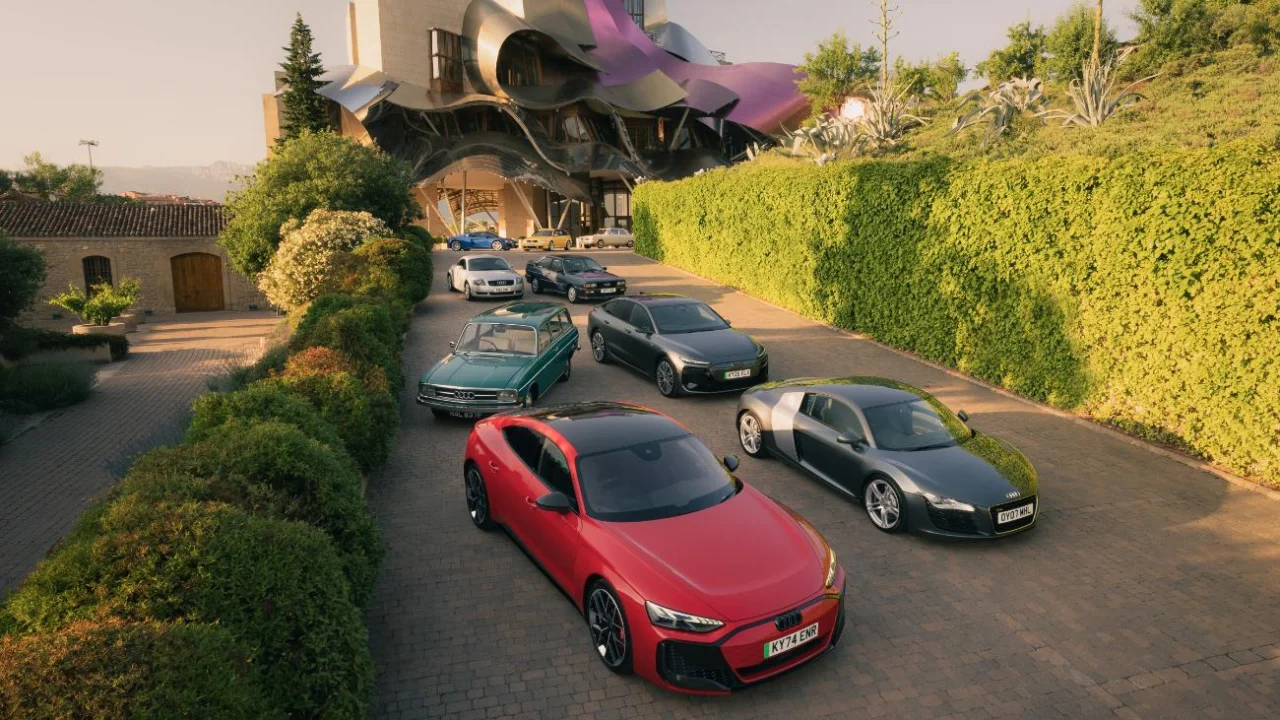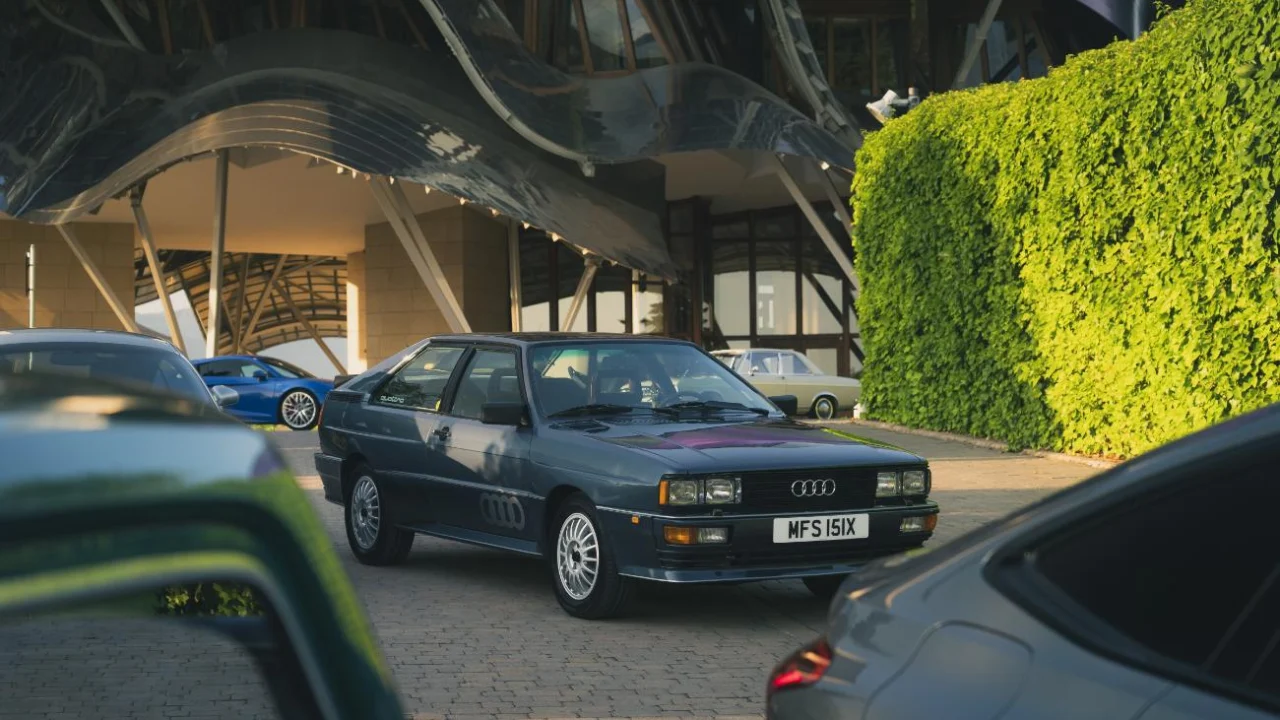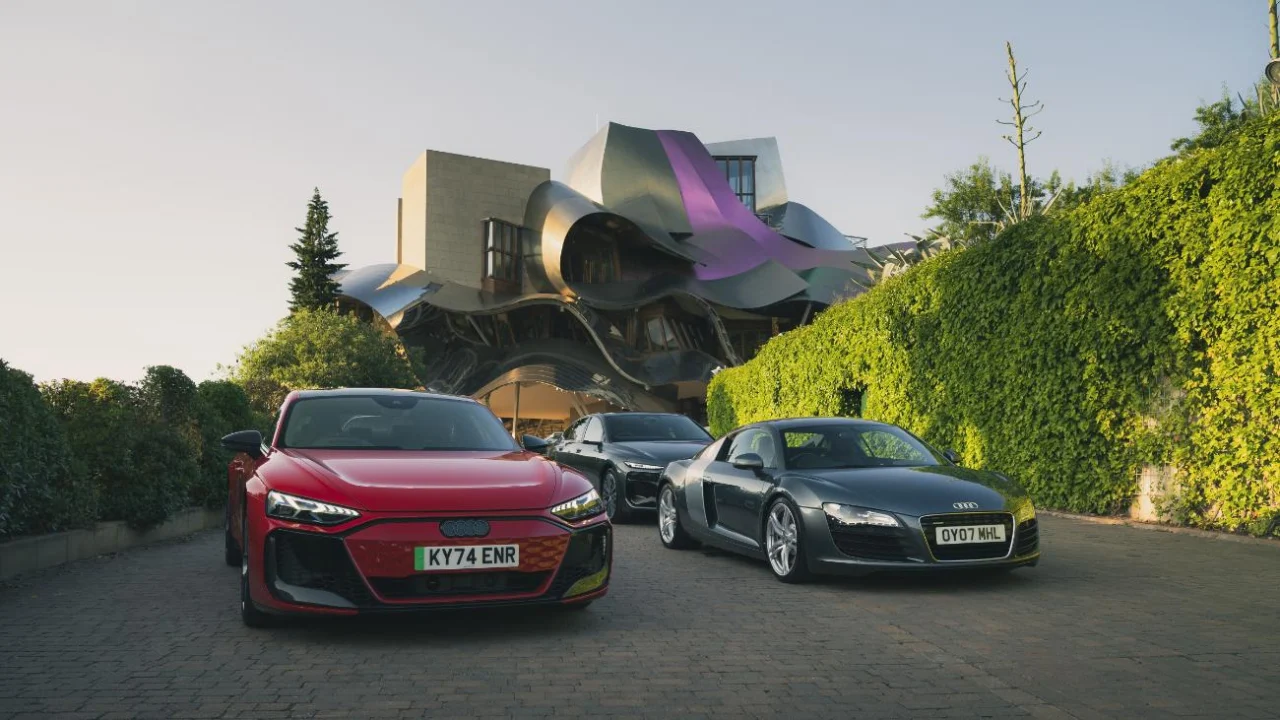When you hear the name “Audi,” American enthusiasts tend to not recognize the brand until the debut of the 1983 5000, truly a landmark car that’s criminally ignored as a 1980s collectible. However, Audi’s first step into goodness started 60 years ago when the brand returned to the German market at the 1965 Frankfurt Motor Show.
The history of Audi is somewhat complicated. It originally was one of four brands that made up Auto Union, but production stopped in 1940, only to be revived for 1965 with the Audi “F103,” a re-styled and -engineered successor to the DKW F102. This was several years after Daimler-Benz sold a 50 percent stake of Auto Union to Volkswagen (eventually to increase to 100 percent around this time). This car was initially known simply as “Audi,” with the 72, 60, 80, 90, and 75 variants appearing in subsequent years (the names based on engine size).

“Since its re-emergence in the Sixties Audi has firmly established a reputation for design that imaginatively looks to the future but always stands the test of time,” says Audi UK Director José Miguel Aparicio. “Design has always been a fundamental pillar of the Audi brand and core to our Vorsprung durch Technik ethos,” chimes Audi exterior designer Gary Telaak. “From the original Ur-quattro, through to the timeless TT coupe and recently launched A6 Sportback e-tron, Audi’s hallmark design cues and attention to detail are visible throughout. The next chapter in Audi design will remain faithful to the past.”
A larger sedan called the 100 was introduced for 1968. It debuted in the U.S. for 1970 and lasted through 1975, upon which the second-generation 100 appeared. It was renamed 5000 for 1978 for North America, which is the name it carried when the 100 was redesigned again for 1983, its third generation. The aerodynamic tricks used set it apart from its German competitors, and it set the tone for all cars for the rest of the decade.

According to Audi, “The Audi 100’s role was pivotal on several levels. It was the first model developed and manufactured completely independently by Audi; it helped to secure a more premium, upmarket positioning for the brand; and its comparatively streamlined body resulted in a lower drag coefficient than rivals, giving an early indication of a commitment to optimal aerodynamics that continues to this day.”
In celebration of the 60th anniversary of the company’s rebirth, Audi will be holding a special event in the Rioja region of northern Spain. In the spotlight will be “extraordinarily innovative” vehicles with influential design and engineering—elements that Audi feels have defined the brand for 60 years.

“We’re immensely lucky to be the custodians of cherished examples of many of the defining models that forged that enviable reputation on our Audi UK heritage fleet, and to have them with us in the Rioja region,” adds Aparicio. “The home of spectacularly innovative structures like the Guggenheim Museum and the Hotel Marques de Riscal, designed by legendary architect Frank O. Gehry, is a perfect setting in which to celebrate them and mark this important anniversary.”
For additional information on the Spanish celebration, click here.

